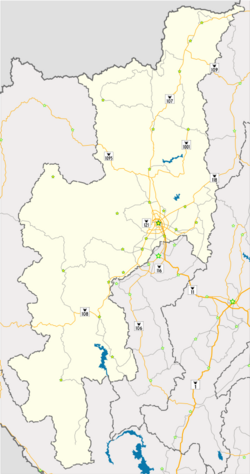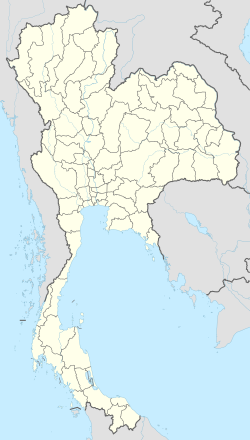Chiang Mai International Airport ท่าอากาศยานเชียงใหม่ Tha-akatsayan Chiang Mai | |||||||||||
|---|---|---|---|---|---|---|---|---|---|---|---|
 | |||||||||||
| Summary | |||||||||||
| Airport type | Public / military | ||||||||||
| Owner | Royal Thai Air Force | ||||||||||
| Operator | Airports of Thailand | ||||||||||
| Serves | Chiang Mai | ||||||||||
| Location | Suthep, Mueang Chiang Mai, Chiang Mai, Thailand | ||||||||||
| Opened | 1 October 1921 | ||||||||||
| Focus city for | Thai Airways International | ||||||||||
| Operating base for | |||||||||||
| Elevation AMSL | 316 m / 1,036 ft | ||||||||||
| Coordinates | 18°46′00″N098°57′45″E / 18.76667°N 98.96250°E | ||||||||||
| Website | chiangmai | ||||||||||
| Maps | |||||||||||
 | |||||||||||
Location in Chiang Mai province | |||||||||||
 Interactive map of Chiang Mai International Airport | |||||||||||
| Runways | |||||||||||
| |||||||||||
| Statistics (2024) | |||||||||||
| |||||||||||
| Source: [1] : 1 Airports of Thailand [2] | |||||||||||

Chiang Mai International Airport( IATA : CNX, ICAO : VTCC) is an international airport in Suthep subdistrict, Mueang Chiang Mai district, Chiang Mai province in northern Thailand. It is a major gateway that links northern Thailand to the rest of the region and is currently the fourth-busiest airport in the country. It is managed by Airports of Thailand.





